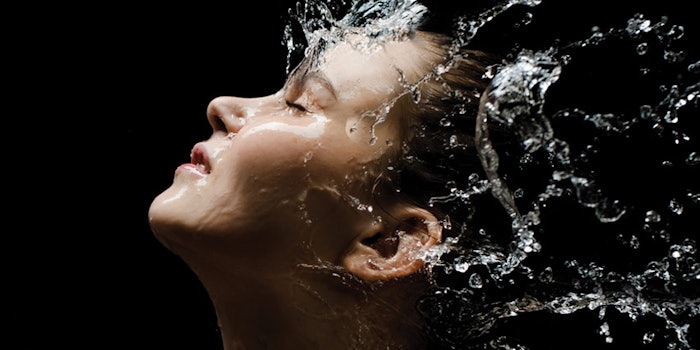
Considering the skin contains around 64% water, why is the cosmetic industry so obsessed with hydration and what does it really mean? Unless you have atopic dermatitis, hyperthyroidism, ichthyosis or at the very least diabetes, dry skin is not the common symptom or even category everyone imagines.
Moisture and Aging
We all start out with dewy, bouncy, young skin, never feeling the urge to slap on a moisturizing cream. After the age of 23 or 25, dead cells no longer self-exfoliate as well as when we were children. Dead cells build up with what I like to call “the redundant cuticle.” These dead cells, which are still attached to the epidermis, are smaller than the living cells underneath. This imparts that tight, dry feeling and leaves the person with the perception of dry skin. Most people will put a moisturizer on it, and the oils in the product break the dry, tight tension. We might think we are moisturized, but we are just greased.
In fact, the very word moisturizer is a misnomer invented in 1962 to sell and market beauty creams. If properly formulated, creams can be excellent delivery systems for lipid carrying nutrients, but water is not one of them. Creams can maintain hydration levels, but only if the skin is in hydration homeostasis already.
The Importance of the Matrix
The matrix of the skin is that jelly-like fluid, mostly hyaluronic acid, sugars, salts and chondroitin sulfates. Real hydration is when this matrix is thick and bouncy by virtue of intercellular water retention bound by essential fatty acids. As we age, this matrix of the skin gets thinner and thinner. The skin can become chicken-like and crepey.












